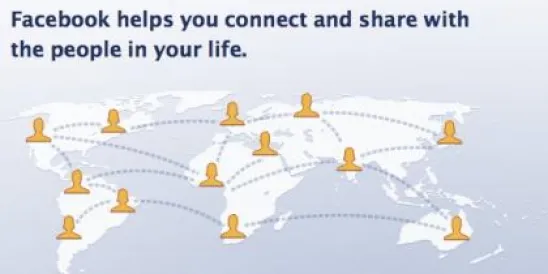Takeaway: Patent Owner has the burden of demonstrating the patentability of claims proposed in a motion to amend, which in turn requires that Patent Owner submit proposed claim term constructions, and the motion to amend must identify where written description support exists for each proposed substitute claim.
In its Final Written Decision, the Board held all of the challenged claims of the ’314 patent unpatentable. Also, the Board denied Patent Owner’s contingent Motion to Amend.
Facebook, Inc. had filed several Petitions which together sought inter partes review of claims 11, 12, 13, 15, 18, and 20 of the ’314 patent. After the Board had instituted trial, several other parties, including Match.com, People Media, Inc., and Google, Inc., filed additional Petitions and Motions to Join. The Board granted these motions and thus joined Match.com, People Media, Google, and Facebook as collective “Petitioner” in the inter partes reviews.
The ’314 patent relates to the provision of “demographically-targeted” advertising to a computer user. The Board applied the broadest reasonable interpretation (BRI) standard in construing the claim term “periodically” to mean “recurring from time to time, at regular or irregular intervals,” and in construing the claim term “associating” to mean “to connect or join together, either directly or indirectly.”
The Board next turned to its analysis under the first asserted ground, namely, the alleged obviousness of claims 11, 12, 13, 15, 18, and 20 under 35 U.S.C. § 103 in view of Shaw and W3C. The Board concluded that Petitioner had demonstrated by a preponderance of the evidence that claims 11, 12, 13, 15, 18, and 20 of the ’314 patent would have been obvious over Shaw and W3C. According to the Board, Petitioner had shown that the combination of W3C with Shaw merely included known elements, such that the combination would have rendered no more than predictable results, and Patent Owner had not submitted persuasive evidence or arguments that would rebut the Petitioner’s position.
The Board then analyzed whether claims 11, 12, 13, 15, 18, and 20 of the ’314 patent would have been obvious under 35 U.S.C. § 103 in view of Angles and Shaw. The Board answered this inquiry in the affirmative, noting that Patent Owner had not rebutted Petitioner’s showings that the combination of Angles and Shaw discloses all of the limitations, that the combination of Angles and Shaw renders nothing more than predictable results, and that “a person with ordinary skill in the art would have been motivated to combine Angles and Shaw in order to reduce costs and increase efficiencies for the reasons set forth by Petitioner.”
The Board denied Petitioner’s contingent Motion to Amend because Patent Owner had not provided proposed claim constructions as to how the terms of the new claim should be construed. Moreover, the Board found that Patent Owner had “[failed] to point out with any particularity or explanation as to where in the several cited passages the additional limitations” had written description support. The Board denied Petitioner’s contingent Motion to Amend for at least these reasons.
Facebook, Inc., Match.com LLC, People Media, Inc., and Google Inc. v. B.E. Technology, LLC, IPR2014-00052, IPR2014-00053, IPR2014-00698, IPR2014-00743, and IPR2014-00744
Paper 45: Final Written Decision
Dated: March 31, 2015
Patent: 6,628,314
Before: Sally C. Medley, Kalyan K. Deshpande, and Lynne E. Pettigrew
Written by: Deshpande
Related Proceedings: B.E. Technology, L.L.C. v. Google, Inc., No. 2:12-cv-2830-JPM (W.D. Tenn.), filed on October 9, 2012; B.E. Technology, L.L.C. v. Facebook, Inc., No. 12-cv-2769-JPM (W.D. Tenn.), filed on September 7, 2012; B.E. Technology, L.L.C. v. People Media, Inc., No. 2:12-cv-02833 (W.D. Tenn.), filed on September 21, 2012; B.E. Technology, L.L.C. v. Match.com LLC, No. 2:12-cv-02834 (W.D. Tenn.), filed on September 21, 2012; Google, Inc. v. B.E. Technology, L.L.C., IPR2014-00038 (PTAB Apr. 9, 2014), Microsoft Corp. v. B.E. Technology, L.L.C., IPR2014-00039 (PTAB Apr. 9, 2014), Match.com LLC v. B.E. Technology, L.L.C., IPR2014-00699 (PTAB June 13, 2014), and Google, Inc. v. B.E. Technology, L.L.C., IPR2014-000738 (PTAB June 18, 2014)



 />i
/>i

